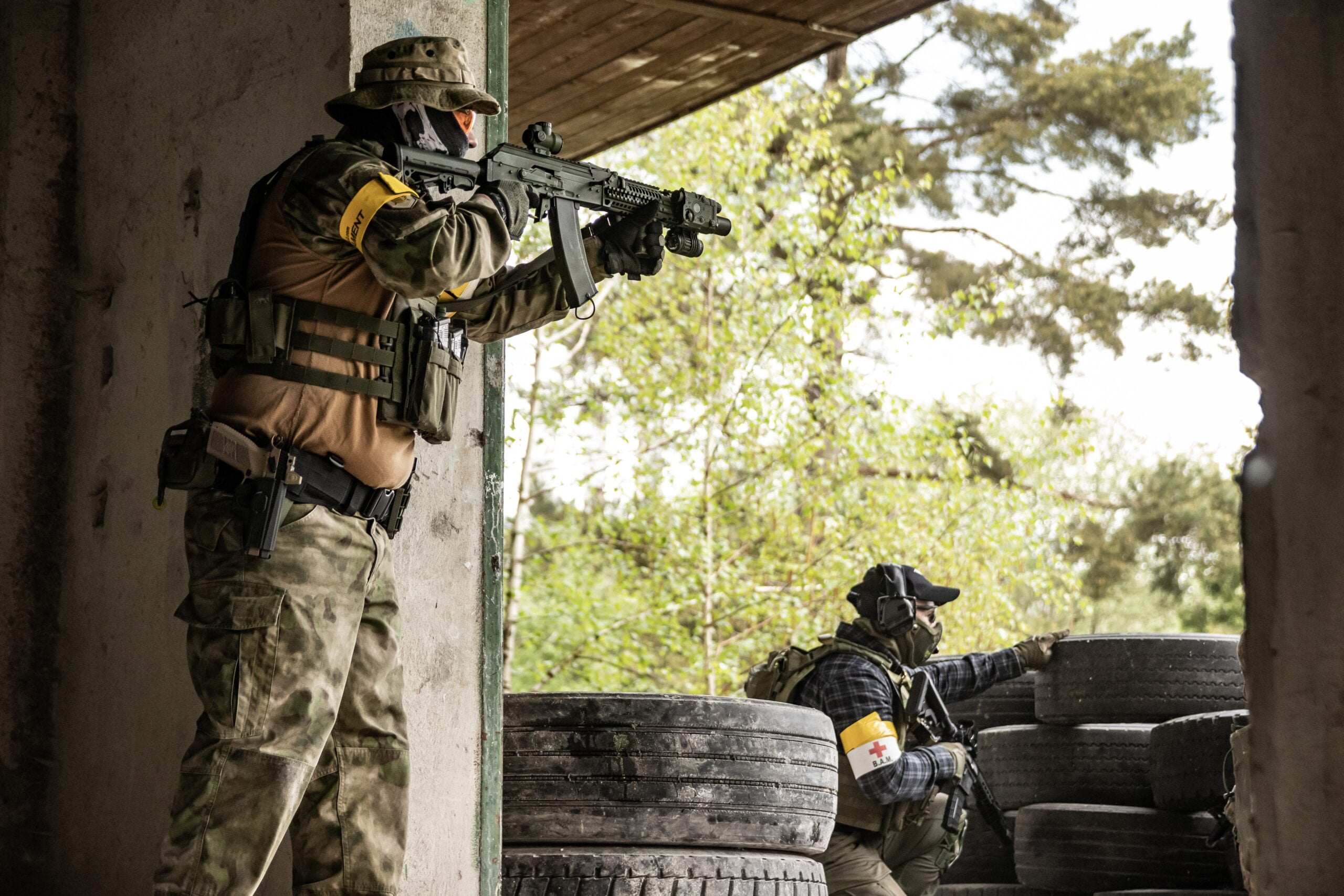The evolution of barricading from a means of self-protection to a tool used by governments to control or limit demonstrators is a complex phenomenon influenced by historical, social, and political factors. Here are some key points in understanding this transformation:
Historical Context of Barricading:
Barricading has historical roots in various movements where communities used physical barriers for self-defense during times of conflict or unrest.
The practice of barricading, as a means of protest and resistance, can be traced back to the early 19th century. It gained prominence during the tumultuous period of the 1830s, when the general public began using barricades as a way to prevent police forces from entering their neighborhoods or quelling their protests.
During this time, barricading became a powerful symbol of defiance against oppressive regimes and a way for ordinary citizens to assert their rights and demands. The act of erecting barricades served as a physical barrier, preventing the authorities from advancing and gaining control over the people.
Barricades were often constructed using various materials found in the immediate surroundings, such as furniture, paving stones, and debris. These makeshift structures were strategically placed in narrow streets or alleyways, making it difficult for the police to navigate and suppress the resistance.
One of the most notable instances of barricading in history occurred during the June Rebellion of 1832 in Paris, which inspired Victor Hugo’s famous novel, Les Misérables. The rebels, primarily students and workers, erected barricades throughout the city, effectively challenging the authority of the ruling monarchy.
However, it is important to note that barricading was not always a hostile act. In some cases, the general public would invite the police to join their cause, recognizing that they too were members of the community and could be swayed to support the people’s demands.
Here are some key points in understanding this transformation:
Thank you for reading this post, don't forget to subscribe!



